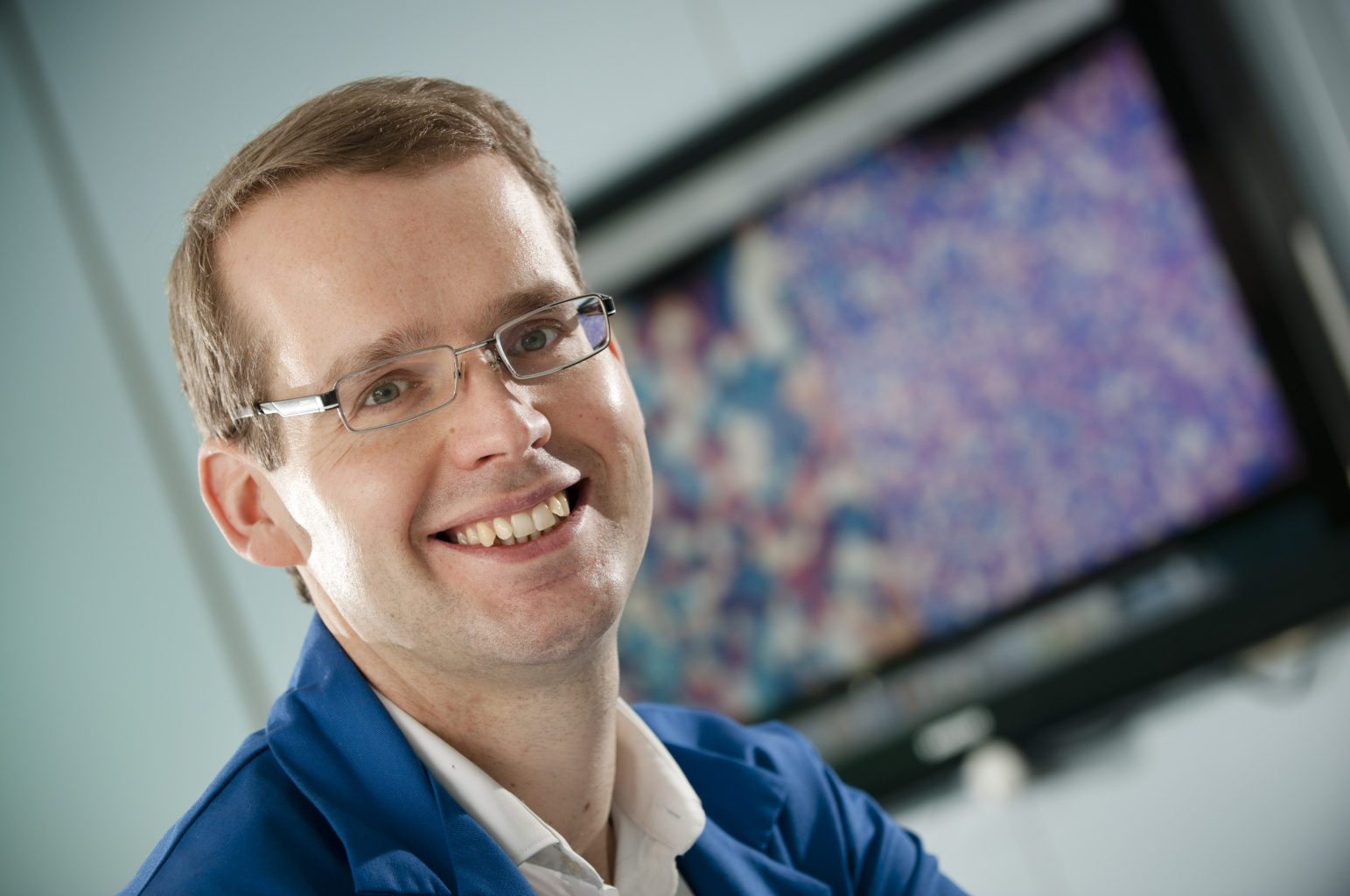Warwick researchers develop new synthetic antifreeze
Warwick Chemistry and Warwick Medical School researchers have developed an antifreeze exhibiting unprecedented effectiveness at slowing the growth of ice crystals. This means additional protection to airplane wings and wind turbines from ice damage, smoother ice-cream and safer preservation of mammalian tissues and cells. The lead researcher is Professor Matthew Gibson from Warwick Chemistry’s Gibson group, with the paper being co-authored by Warwick Medical School, Professor Peter Scott and Dr David Fox, also from the Department of Chemistry.
The Gibson group research focuses on global healthcare challenges looking particularly at the interface between carbohydrate and polymer chemistry with the life sciences. The group’s research interest lies in cryopreservation, amongst other areas. Their research is focussed on developing molecules to improve cellular and, ultimately, organ storage. This new development serves as a major step forward in their objectives.
The group’s research interest lies in cryopreservation…
This newly developed antifreeze is an iron complex with ligands arranged in a helical structure. The complex has amphipathic characteristics, meaning that it has hydrophobic (water-hating) and hydrophilic (water-loving) ends. Scientists suggest that this property might be the reason behind its ice recrystallization inhibition (IRI) activity. This metallo-helical structure is readily synthesised on a practical scale using small building blocks.
The antifreeze is an iron-based imitation of an AFP – antifreeze protein. AFPs occur naturally in extremophiles, which are species that live under extreme conditions. Such species include the Arctic fish. AFPs prevent the blood of these animals from freezing at sub-zero temperatures by preventing the growth of ice crystals. Developing mimics of AFPs are difficult due to the limited understanding of how they function but this latest research provides new insights into ice-growth inhibition phenomena.
Developing mimics of AFPs are difficult due to the limited understanding of how they function…
Ice growth is a major challenge. Firstly, the process of preserving tissues and cells to very low temperatures, formally called cryopreservation, is a major issue. This is because storing tissues for too long leads to the formation of ice that affects the cells. As a result, the chances of success of a surgery lower. Furthermore, the discovery of this new antifreeze eliminates the need of using toxic organic solvents to store cells and tissues for cryosurgery.
Ice growth on airplane wings and wind turbines also poses great risks. Use of salt to reduce ice growth leads to corrosion on metal surfaces, so this newly developed product offers more effective protection. Finally, ice crystal growth can change properties of frozen foods such as ice-cream. Ice crystals would greatly affect their texture. Some previous antifreeze products used were produced using genetic modification from cold-climate species but this is an expensive process. Furthermore, some AFPs are potentially toxic to living cells and might even trigger an immune response. This new discovery offers scientists a safer alternative to control formation of ice crystals thereby providing a solution to these challenges.
The discovery of this new antifreeze eliminates the need of using toxic organic solvents to store cells and tissues for cryosurgery…
Lead researcher Professor Matthew Gibson says, “The versatile synthetic and adaptable nature of these compounds will let us fine-tune the structure to both understand the ice/water interface and develop new inhibitors for (bio)technological applications”. This cutting-edge research published in the Journal of the American Chemical Society opens a new field of metallo-organic antifreeze protein mimics.

Comments